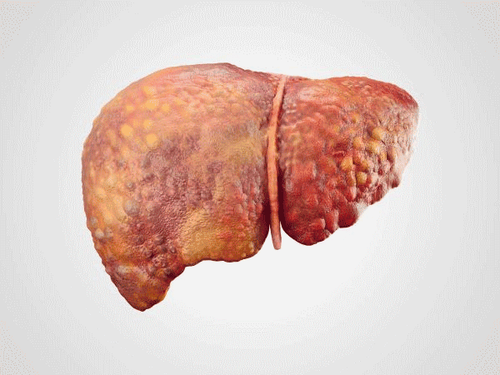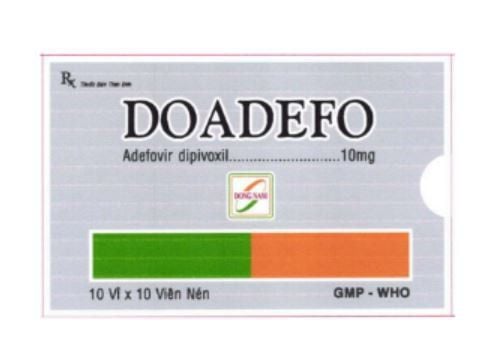This is an automatically translated article.
The article is professionally consulted by Master. BSCK II Phan Thi Minh Huong - Gastroenterologist - Department of Medical Examination & Internal Medicine - Vinmec Da Nang International General Hospital.According to a report from the World Health Organization, each year about 20 million people will be infected with hepatitis E virus, of which 56,000 cases of patients will die from diseases related to this virus. This is one of many viruses that lead to hepatitis and can cause serious damage to the liver's function.
1. What is the hepatitis E virus?
Hepatitis E virus is a nonenveloped herpesvirus with an RNA genome of the family Herpesviridae. This virus is about 27-34 nm in diameter, containing a single-stranded RNA with an approximate length of 7,500 bases. The main HEV genome is a positive RNA sequence containing three open reading frames (ORFs). In particular, the largest ORF will contain 1693 codons, coding for non-structural proteins, which play an important role in the formation and replication of HEV. Next, the second ORF will consist of 660 codons, coding for structural proteins. Finally, a third ORF consisting of 123 codons carries the potential to encode a structural protein, but the function of this open reading frame remains undetermined.
Virus gây bệnh viêm gan E
2. How to diagnose hepatitis E virus infection?
2.1 Common Symptoms The incubation period after a patient is infected with the hepatitis E virus ranges from 3-8 weeks, with an average of 40 days. In particular, the stages of disease development during infection are thought to be unclear.Hepatitis E virus is the cause of sporadic and epidemic acute hepatitis. In particular, HEV infection will appear the most common symptoms between the ages of 15-40 years old. According to statistics, HEV infection is most common in children, and there are almost no symptoms of the disease, or only very mild, often without symptoms of jaundice, making it difficult to diagnose.
Typical symptoms of the disease caused by hepatitis E virus such as:
Anorexia (no appetite) Jaundice (yellow eyes, yellow skin, pale stools and dark urine) Enlarged liver , pain Nausea and frequent vomiting High fever Usually, the symptoms of hepatitis E will be difficult to distinguish from the acute stages of other viral hepatitis, usually lasting 1-2 week. In rare cases, acute hepatitis E will lead to fulminant hepatitis (i.e. acute liver failure) and possibly death. The survey showed that pregnant women have a higher rate of fulminant hepatitis than the general population, a high risk of obstetric complications and possibly death from hepatitis. E. In particular, HEV has a mortality rate of about 20% for pregnant women in the third trimester of pregnancy.

Phụ nữ mang thai dễ bị nhiễm HEV hơn người bình thường
In addition, another test, reverse transcriptase polymerase chain reaction, can also be used to detect hepatitis E virus RNA (HEV-RNA) in the patient's blood/faeces. But currently testing for HEV-RNA is only done at specialized testing facilities.
Worldwide, hepatitis E can be outbreaks and transmitted by contaminated water, so it is common in developing countries, and the disease can be more severe if a woman is pregnant.
3. Treatment for Hepatitis E
Most patients with hepatitis E do not need to be hospitalized because the hepatitis E virus is usually self-limiting without needing treatment. However, in patients with fulminant hepatitis E, hospitalization for treatment is essential. In addition, pregnant women with symptoms of HEV infection should also be considered for hospital admission to monitor their health status.
Bệnh nhân có dấu hiệu viêm gan E nên đến cơ sở y tế kiểm tra và điều trị
For chronic hepatitis E, many authors have suggested ribavirin to treat this disease, although it is not a drug prescribed to treat chronic hepatitis E. Because the use of a low dose of ribavirin for 3 months has been shown to clear HEV from the blood in two-thirds of patients with chronic hepatitis E. In addition, other treatments may include peginterferon or a combination of peginterferon and ribavirin. Patients will use according to the dose prescribed from the specialist doctor, combined with rest and a moderate diet.
To prevent the risk of hepatitis E infection, stay away from unsafe water sources, do not eat undercooked food or unpeeled vegetables and fruits.
Hepatitis E is an infection caused by a virus that attacks the liver and leads to hepatitis. Practicing good hygiene, washing hands often is an extremely effective prevention method for hepatitis E.
Please dial HOTLINE for more information or register for an appointment HERE. Download MyVinmec app to make appointments faster and to manage your bookings easily.













